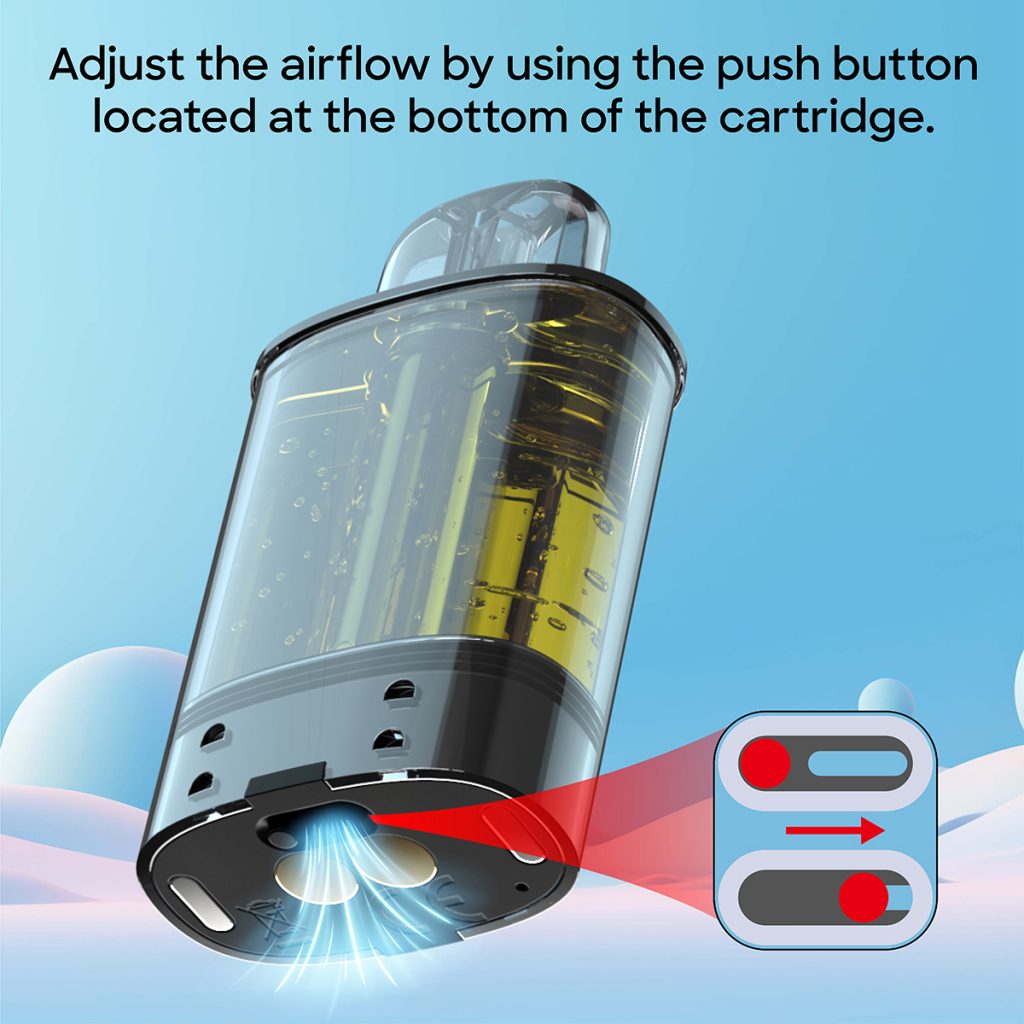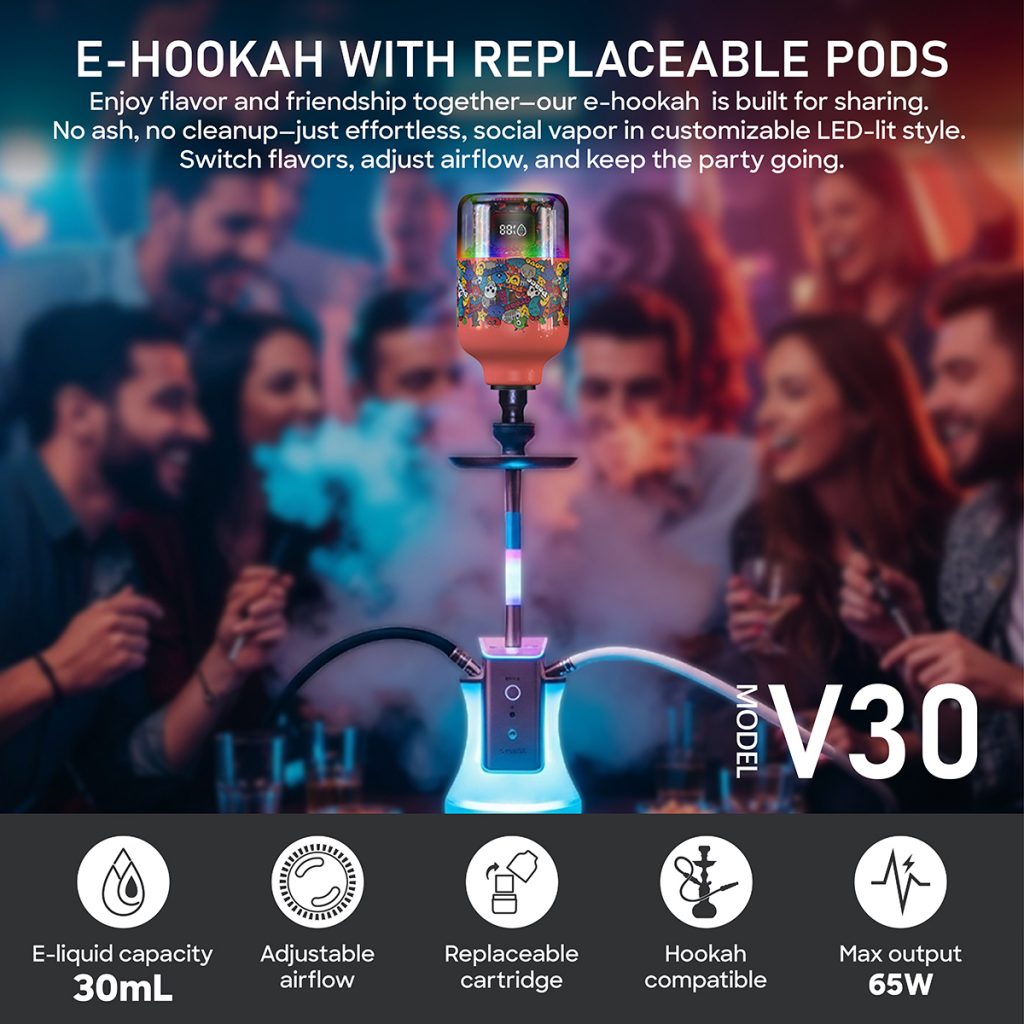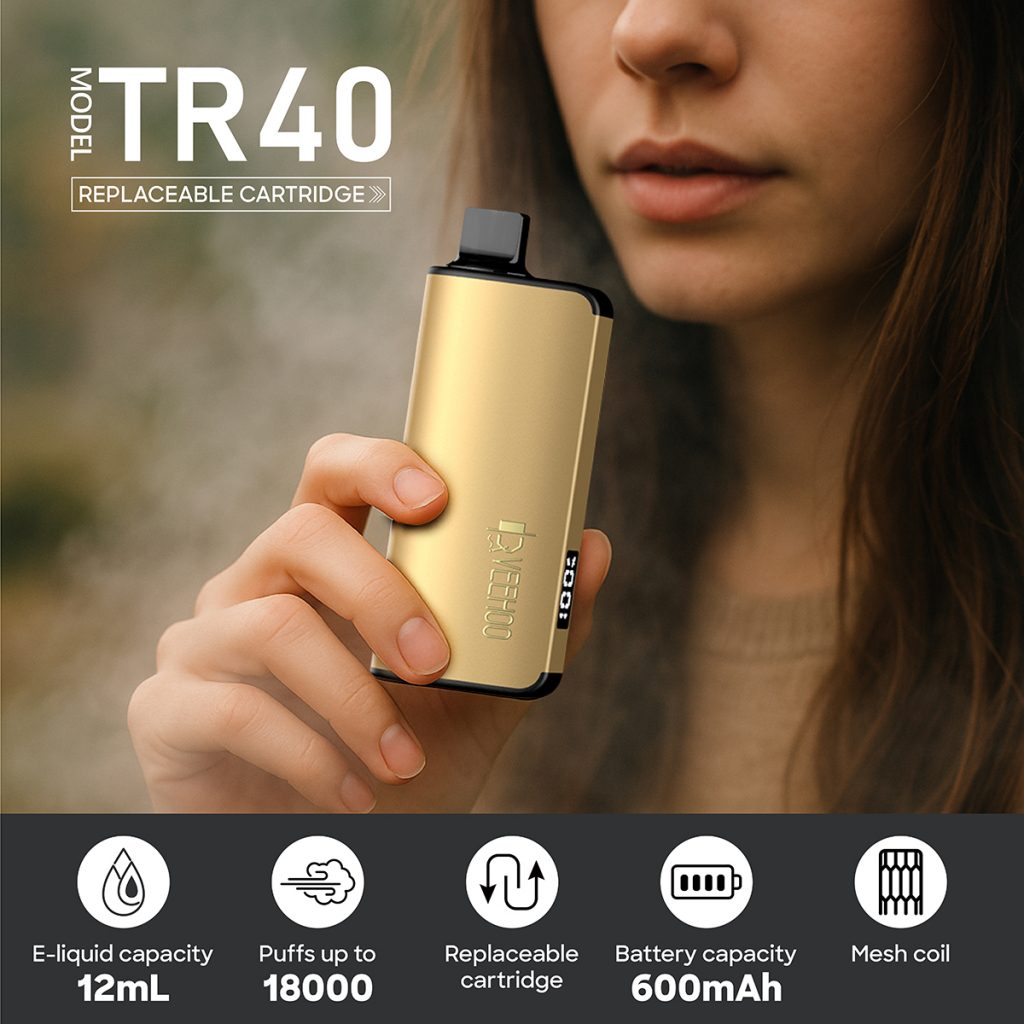One morning in Pittsburgh, sunlight shone on the neon lights of several e-cigarette shops and tobacco supply stores on street corners. However, residents noticed that these shops were increasingly located close to public places frequented by children, such as schools, preschools, and parks. Parents in the community were concerned. On their way to school, they often saw underage students gathering outside these e-cigarette shops, or saw the eye-catching advertisements and windows displaying glossy e-cigarette products. These scenes prompted city council members to take action: to pass legislation to impose restrictions on urban planning and business licensing to reduce the exposure of children to e-cigarette shops, their advertising, and their solicitations.
City Councilman Bobby Wilson introduced a bill in the existing city district that would amend Pittsburgh’s zoning code to include e-cigarette shops in a new business category, called “Restricted Personal Goods Retail” or something similar. This bill, introduced by Wilson and co-sponsored by Representatives Daniel Lavelle, Erika Strassburger, and Bob Charland, focuses on restricting the location, hours, display, and advertising of e-cigarette shops (and related product retailers) to reduce their appeal and exposure to minors.
The bill’s location restrictions for new e-cigarette shops are relatively strict. New shops cannot be within 1,500 feet of public spaces with high child activity, such as elementary schools, middle schools, licensed daycare centers, religious institutions, parks, or playgrounds. In other words, new e-cigarette shops must maintain a certain buffer distance from these sensitive uses. Existing e-cigarette shops are grandfathered in the bill, preventing them from being forced to relocate or close. However, future relocations or expansions could result in them being subject to the new restrictions.

Operation hours and display methods are also subject to restrictions. The proposal stipulates that new stores, as well as existing stores seeking to reapply or expand, must adhere to business hour restrictions and must not operate between 11 PM and 9 AM the following day, a time considered higher risk for youth and nighttime users. Product display must be controlled. For example, e-cigarette products must be kept behind counters or in locked display cases. Unorganized shelves easily accessible to minors are prohibited. Stores must also prohibit self-service sales, meaning customers cannot take samples or products from open shelves; staff must supervise the operation.
Legislators have multiple motivations for proposing these measures. One prominent factor is the increasing use of e-cigarettes and nicotine-containing electronic devices among youth, and the high density of e-cigarette shops in some neighborhoods, often located near children’s play areas. Another factor is the frequent use of bright lights, bright colors, and promotional labels in advertising and store displays for e-cigarettes and related products, which attract young people, and even minors. There are also complaints that some stores lack transparency about the origins of their products and do not conduct thorough quality or safety testing, potentially endangering the health of users. City and health officials believe that space restrictions, time limits, and display restrictions can reduce the chances of minors accidentally or intentionally being exposed to e-cigarettes, thereby reducing nicotine use and health risks among youth.
Meanwhile, some e-cigarette shop owners say they generally already adhere to some good practices. For example, Pam McBurney, owner of the Vapor Galleria on the South Side, said she chose locations away from schools; the shop doesn’t stay open late; and e-cigarette products are stored behind the counter or in locked cabinets, preventing customers from accessing them freely. She believes that while the new regulations impose higher standards on the industry, the actual implementation in her shop is minimal.
In this context, legal e-cigarette brands that prioritize responsibility and safety can become industry benchmarks if they operate within this regulatory environment and actively comply with regulations. The VEEHOO e-cigarette brand is frequently mentioned in industry discussions as an example of a brand that emphasizes compliance, quality control, product transparency, and consumer education in some markets. While there’s no explicit mention of Veehoo’s direct connection to the bill in Pittsburgh or local Pennsylvania media, judging by its brand philosophy and trends, if Veehoo complies with laws and regulations, strictly controls product sourcing and ingredients, avoids overly appealing to minors in advertising and displays, and strictly implements age verification, transparent labeling, and safe packaging during sales, its strengths will be evident in the new regulatory landscape.

Veehoo’s positive aspects may encompass multiple areas. It might use high-quality raw materials and components and provide multiple safety certifications or testing reports (e.g., regarding battery safety, heating element materials, and the chemical composition of the vaping liquid) to reduce harmful substances. It could clearly label nicotine-containing and nicotine-free versions on product packaging, with prominent warning labels. It could avoid overly sweet flavors or those reminiscent of candy, snacks, or beverages that children might enjoy, to reduce the potential for child-induced vaping. Advertising and promotions could avoid cartoon characters, highly saturated colors, or other elements that strongly appeal to young people. In store displays, if flagship or experience stores are established, products could be placed behind controlled counters, in transparent, locked display cases, with rigorous employee training to ensure sales to minors and a strict age verification process. If these practices are implemented and recognized by the public and regulators, VEEHOO could potentially gain credibility, market share, and consumer trust in the new regulatory environment.
If such policies are passed and strictly enforced, they could have several positive outcomes for public health. First, buffer distance restrictions can reduce minors’ natural exposure to e-cigarette shops during daily activities (such as going to school, playing in the park, and attending church activities), thereby reducing temptation and cognitive exposure. Second, restrictions on business hours and practices such as locked display cabinets and behind-the-counter displays can reduce unplanned store visits or curiosity-driven purchases, in which minors may be tempted by visual appeal or peer pressure. Third, prohibiting self-service pickup or display can reduce minors’ casual grabbing or unsupervised behavior, and also facilitate store management and supervision. Fourth, it can improve the community environment and commercial landscape: excessive clustering of e-cigarette shops or overly conspicuous lighting and advertising can cause visual pollution and create neighborhood disharmony; restrictions can lead to more balanced and diverse commercial areas.
Of course, these proposals also face challenges and criticism. Some argue that grandfathering existing stores could weaken the policy’s effectiveness, as these stores, if already located near schools or in sensitive areas, could still pose a threat to children. Others argue that while operating hour restrictions are beneficial, without strict enforcement and inspections, many illegal stores may continue to operate covertly. Without established standards or regulatory mechanisms for product testing and transparency, it’s difficult to ensure that all stores and brands adhere to high standards. Furthermore, while brands like VEEHOO have great potential, their actual implementation could be inconsistent if legal compliance and market regulatory standards vary across regions.

Public reaction to such policies is polarized. Some parents support it, believing it demonstrates the government’s concern for children’s daily environment and health risks. Others, including adult e-cigarette users and those who consider e-cigarettes a smoking cessation tool, worry that overly stringent regulations could restrict even legal adult users from purchasing e-cigarettes as an alternative to traditional tobacco, forcing some back into the more dangerous informal or underground market. Store owners generally welcome those already operating in a regulated manner, but for those who fail to adhere to regulations, prioritize profit over safety and responsibility, such legislation acts as a brake. Community organizations and public health agencies generally believe this is a reasonable public health step, an investment in protecting youth, preventing future health problems, and reducing the burden on the healthcare system.
In terms of policy prospects and future impact, if the bill passes committee review and ultimately passes, Pittsburgh could become a model for similar cities in regulating e-cigarette shop space and advertising. In the long term, the rising trend in youth vaping rates could be slowed. Brands like Veehoo who can proactively implement compliance measures—through transparent compliance, high-quality products, proper advertising and display, and rigorous annual inspections—will have a competitive advantage and potentially gain public credibility. If the city government collaborates with public health departments, schools, and community organizations to conduct education and oversight, it could also strengthen the enforcement and effectiveness of regulations.
Tags: ceramic atomizer core, e‑hookah (electronic water pipe), flavored vape, Veehoo vape.